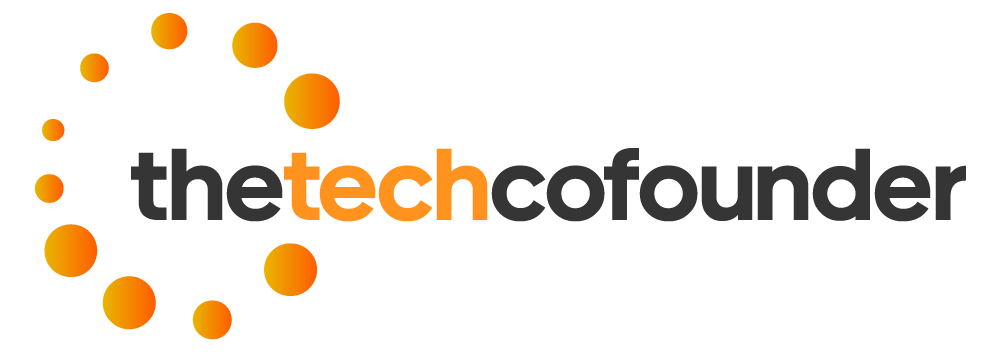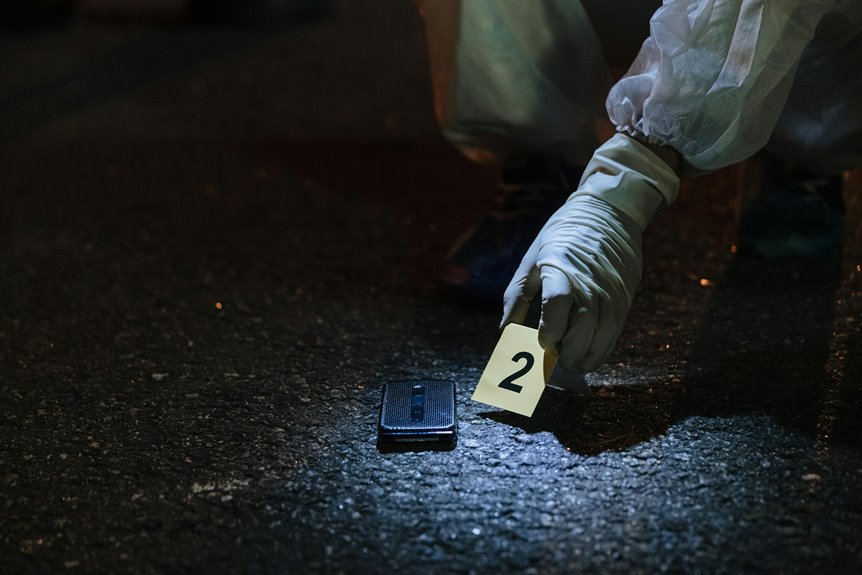Investigating the caller linked to 5742595888 requires a methodical approach. Various tools and techniques can reveal whether the number corresponds to a legitimate individual, business, or potential scam source. Understanding these methods is crucial for assessing the caller’s intent and protecting personal privacy. The process of tracing such numbers often raises questions about privacy rights and the accuracy of available data, prompting further inquiry into best practices for identification and safety.
Understanding the Nature of Unknown Phone Numbers
Understanding the nature of unknown phone numbers requires careful analysis of their origins and characteristics. Such numbers can pose privacy concerns and scam risks, often masking malicious intent or illegitimate sources.
Recognizing patterns and subtle cues enables individuals to protect their freedom from intrusive tactics, emphasizing vigilance over blindly answering calls from unrecognized or suspicious sources.
See also: Mutf_In: Sbi_Tech_Oppo_Ggf7bi
Methods to Identify the Owner of 5742595888
To accurately determine the owner of the phone number 5742595888, various investigative methods can be employed. Caller ID verification provides immediate insight.
While reverse lookup techniques utilize databases to uncover ownership details. These methods offer a strategic approach, empowering individuals seeking transparency and independence from intrusive, unverified sources.
Tools and Resources for Tracing Callers
Numerous tools and resources are available to assist in tracing callers, each offering distinct advantages depending on the context of the inquiry. Call tracing methods and caller ID services provide valuable insights, empowering individuals to identify unknown callers and maintain autonomy.
These resources serve as vital instruments for those seeking clarity and control over their communication environment.
Tips to Protect Yourself From Unwanted Calls
While tools and resources for tracing callers can reveal the identity behind unknown numbers, individuals must also adopt proactive strategies to safeguard their privacy.
Addressing privacy concerns involves blocking suspicious numbers, avoiding sharing personal information, and utilizing call screening features.
These measures are essential for scam prevention and maintaining autonomy from intrusive or malicious communications.
Conclusion
In conclusion, diligent investigation of numbers like 5742595888 reveals the importance of utilizing reliable tools such as reverse lookups and caller ID services. For instance, a recent case involved identifying a scam caller who repeatedly targeted vulnerable individuals, allowing them to block the number and avoid further harm. Such analytical approaches underscore the value of proactive measures, empowering individuals to discern legitimate contacts from malicious ones and enhancing overall privacy and security.







